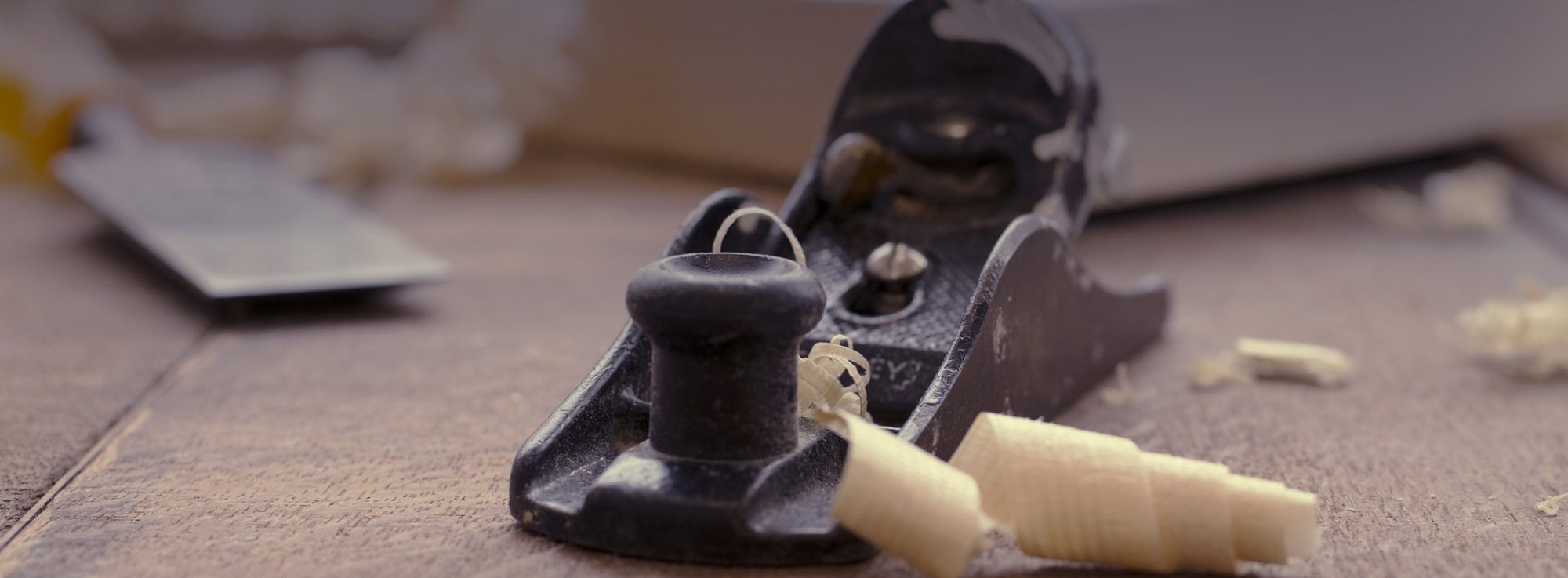We install Interior doors which come in two basic types, Pre-Hung and Slab. Slab Doors are just the door portion without the frame. If you ever went past a yard sale and they had old doors for sale, those are generally Slab Doors. Pre-Hung doors are basically a Slab Door attached to a frame with hinges and a “stop” which limits the door’s travel within the frame. They are generally “bored” for a lockset which is not normally included in the price of the door. Slab Doors are generally not “bored” for a lockset and must be bored by the installer. Casing is used to cover the space between the door frame and the wall. Casing can be a one piece casing trim or it can be built up using corner blocks (used between the side and top casings), plinth blocks (used as a base for the casing), medallions (carved blocks used midway on side casings) and headers (built up top casing using a frieze board, crown and other trim mouldings).
Older homes sometimes have existing door sizes that don’t correspond to modern door specifications. Plastered walls need wider door frames (jambs) than do sheetrock walls, but the majority of stocked doors in home improvement centers do not have wider jambs. You have to special order the door which costs more and there is a wait time. Many times, we can make the doors fit through the use of jamb extensions saving the special order cost increases.
All interior doors need to be “cased” or “trimmed out” with casing. Casing is the trim that covers the space between the wall and the door frame (jamb). Doors can be cased in single casing trim or using headers and blocks it can have a much higher visual impact. The choice of your trim can set your home apart from others in your neighborhood. Quality trim not only adds value to your home, it also makes your home unique in the neighborhood and a standout in the real estate market.
